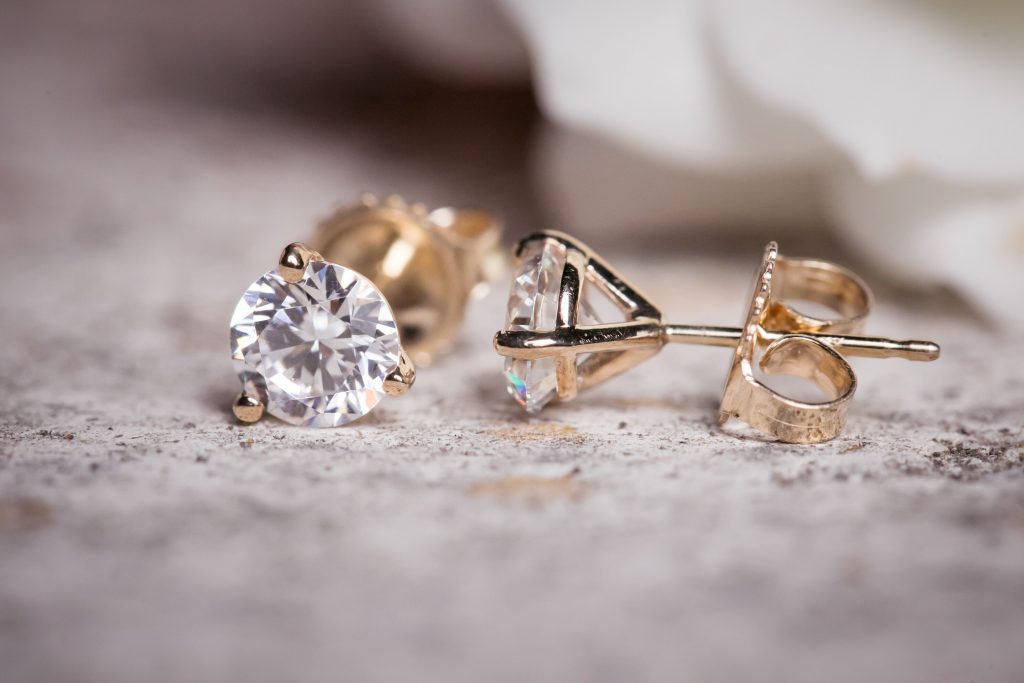Lab Grown Diamond vs Real Diamond: Decoding the Differences

In the realm of diamonds, there’s a burgeoning debate between lab grown diamond vs real diamond and natural, mined diamonds. Each type has its proponents, and understanding the disparities between them is crucial for making an informed decision when purchasing a diamond. In this comprehensive guide, we’ll delve into the distinctions between lab-grown diamonds and real diamonds, exploring their origins, properties, ethical considerations, and more.
Origins and Formation
Natural Diamonds
Real diamonds, also known as natural diamonds, are formed deep within the Earth’s mantle under intense pressure and heat over millions of years. They are brought to the surface through volcanic eruptions and deposited in diamond-bearing rock formations known as kimberlite pipes or alluvial deposits.
Lab-Grown Diamonds
On the other hand, lab-grown diamonds are created in controlled laboratory environments using advanced technological processes. These diamonds are grown from small carbon seeds, either through High Pressure High Temperature (HPHT) or Chemical Vapor Deposition (CVD) methods, replicating the natural diamond-growing process but at an accelerated pace.
Physical and Chemical Properties
Composition
Both lab grown diamond vs real diamond have the same chemical composition: pure carbon arranged in a crystalline structure known as diamond cubic. This similarity in composition means that lab-grown diamonds exhibit identical physical and optical properties to natural diamonds.
Optical Characteristics
Lab-grown diamonds and real diamonds share similar optical characteristics, including brilliance, fire, and scintillation. They both reflect and refract light in mesmerizing ways, creating the dazzling sparkle that diamonds are renowned for.
Differences in Inclusions
One notable difference between lab-grown diamonds and real diamonds lies in their inclusions. While natural diamonds may contain internal or surface blemishes formed during their lengthy formation process, lab-grown diamonds tend to have fewer inclusions due to the controlled growth environment.
Ethical Considerations
Environmental Impact
Lab grown diamonds are often touted as a more environmentally friendly alternative to mined diamonds. The process of growing diamonds in a lab consumes significantly less energy and water compared to mining operations, reducing the ecological footprint associated with diamond production.
Ethical Sourcing
Another ethical aspect to consider is the issue of labor practices and human rights in diamond mining regions. While strides have been made to improve working conditions and eliminate conflict diamonds from the market, concerns persist regarding the exploitation of workers in certain diamond-producing countries. Lab-grown diamonds offer a conflict-free alternative, as they are produced without reliance on mining operations.
Pricing and Value
Cost Comparison
One of the most significant factors influencing consumers’ choices between lab grown diamond vs real diamond is the price. Generally, lab-grown diamonds are more affordable than their natural counterparts, offering cost savings of up to 30% to 40% for similar quality stones.
Perceived Value
Despite the price differential, some consumers still perceive natural diamonds as having higher intrinsic value due to their rarity and natural origin. However, as awareness of lab-grown diamonds grows and technology advances, the perceived value gap between lab-grown and real diamonds is narrowing.
Conclusion
In the ongoing debate of lab grown diamond vs real diamond, there is no definitive answer as to which is superior. Both types of diamonds have their unique characteristics, advantages, and considerations. Ultimately, the choice between lab-grown and real diamonds boils down to personal preferences, budget constraints, and ethical considerations.
Whether you opt for the timeless allure of a natural diamond or the eco-friendly appeal of a lab-grown diamond, what matters most is selecting a diamond that resonates with your values and style preferences.





